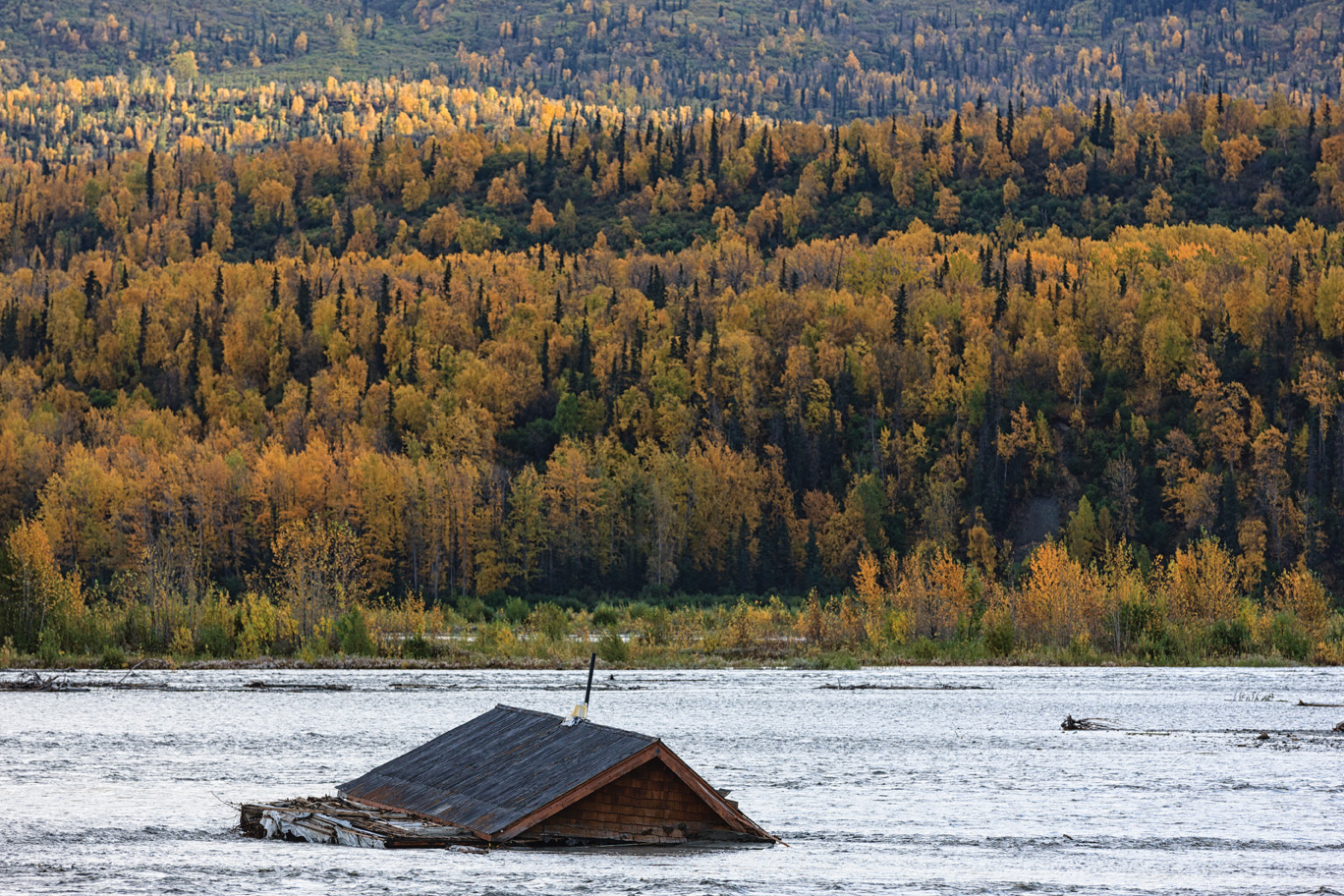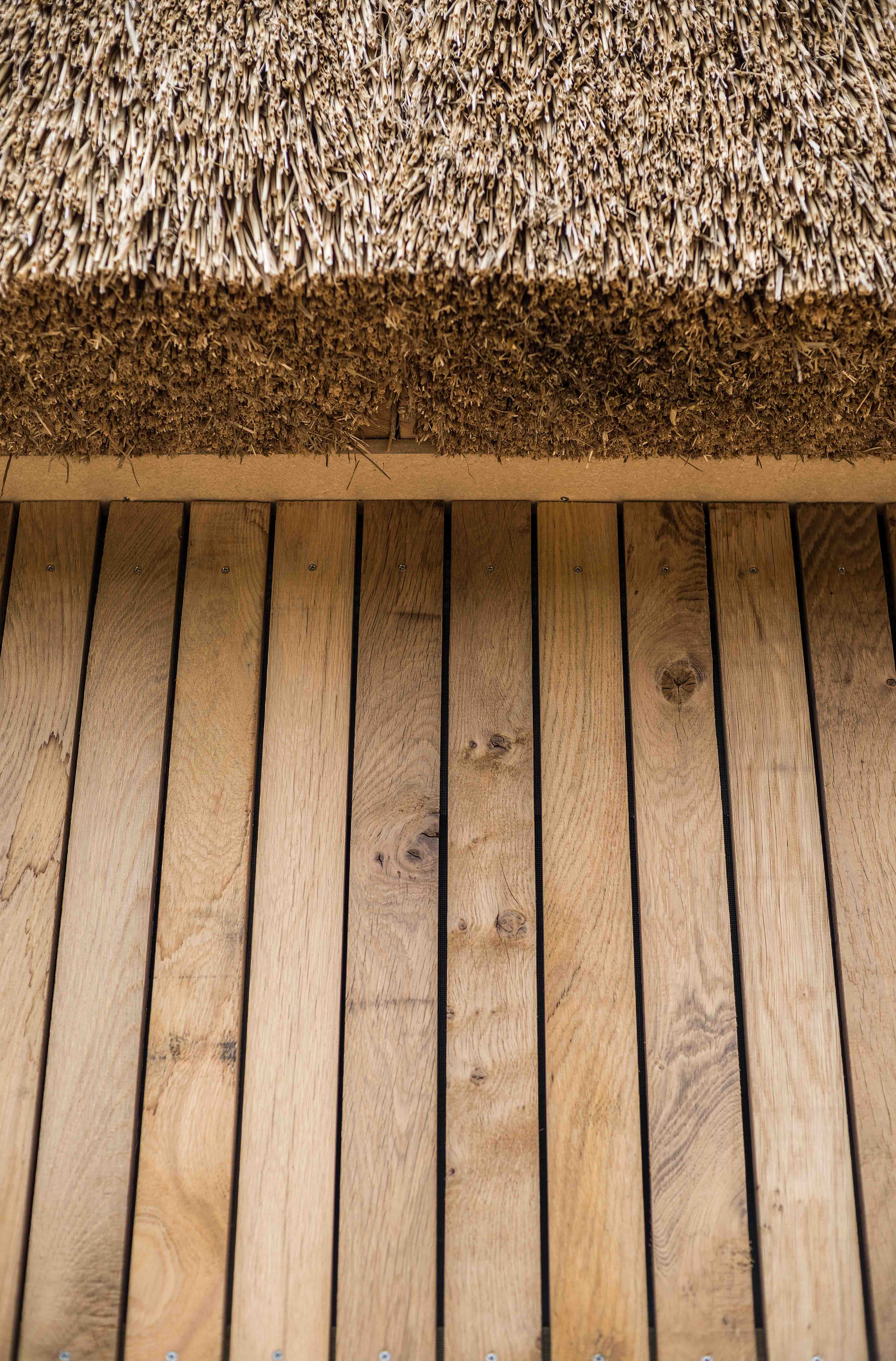Dr Sandra Piesik is the General Editor of “HABITAT: Vernacular Architecture for a Changing Planet”
She is a Director, Architect of 3 ideas Ltd, a Visiting Professor at The UCL Institute for Global Prosperity, and a Social Media Contributor to the Paris-Committee-on-Capacity-building of UNFCCC United Nations Framework Convention on Climate Change. www.3ideasme.com
Fast pace changes in advancements of technology, the speed of global urbanization, increased migration levels, the adverse effects of climate change mean that we do not have much time to adjust to new realities. Socioeconomic changes take time, creating new sustainable infrastructure and above all jobs in an increasingly urbanised world is challenging. Recent Third and Fourth Industrial Revolutions exploiting potentials (or threats) of information technology, data, artificial intelligence and robotics are putting the entire concept of vernacular architecture in question, and very few can see that the potentials of technologies developed through millennia are relevant.
There is a surprise hidden in a conceptual framework of vernacular architecture and it is: sustainability. Since the beginning of the climate change movement and the 1992 Rio Declaration on Environment and Development, traditional knowledge systems and indigenous people were acknowledged in all climate change conventions and the global sustainable legislation. It means that over one hundred and ninety countries who ratified these documents also agreed that there is role for adaptation of traditional knowledge systems and technologies in a more sustainable future for the planet.
“HABITAT: Vernacular Architecture for a Changing Planet” encyclopaedia, has been published in 2017 to bring a greater understanding of regional architecture and its technological potentials within the climate change context. HABITAT is the first in twenty years global review of vernacular architecture carried out by over one hundred and forty contributors from fifty countries. It is organised according to the five major climate zones covering: tropical, desert, continental, temperate and polar regions. This draws synergies between resources availability and technology in more than one hundred countries worldwide. Endorsed by several United Nations entities, the HABITAT multidisciplinary team includes architects, engineers, economists, anthropologists, botanists, geographers, film makers and United Nations officials.
HABITAT contributors across the world depicted three major global challenges that have an impact today on vernacular architecture. These are: uncontrolled urbanisation, climate change as well as globalisation and westernisation.
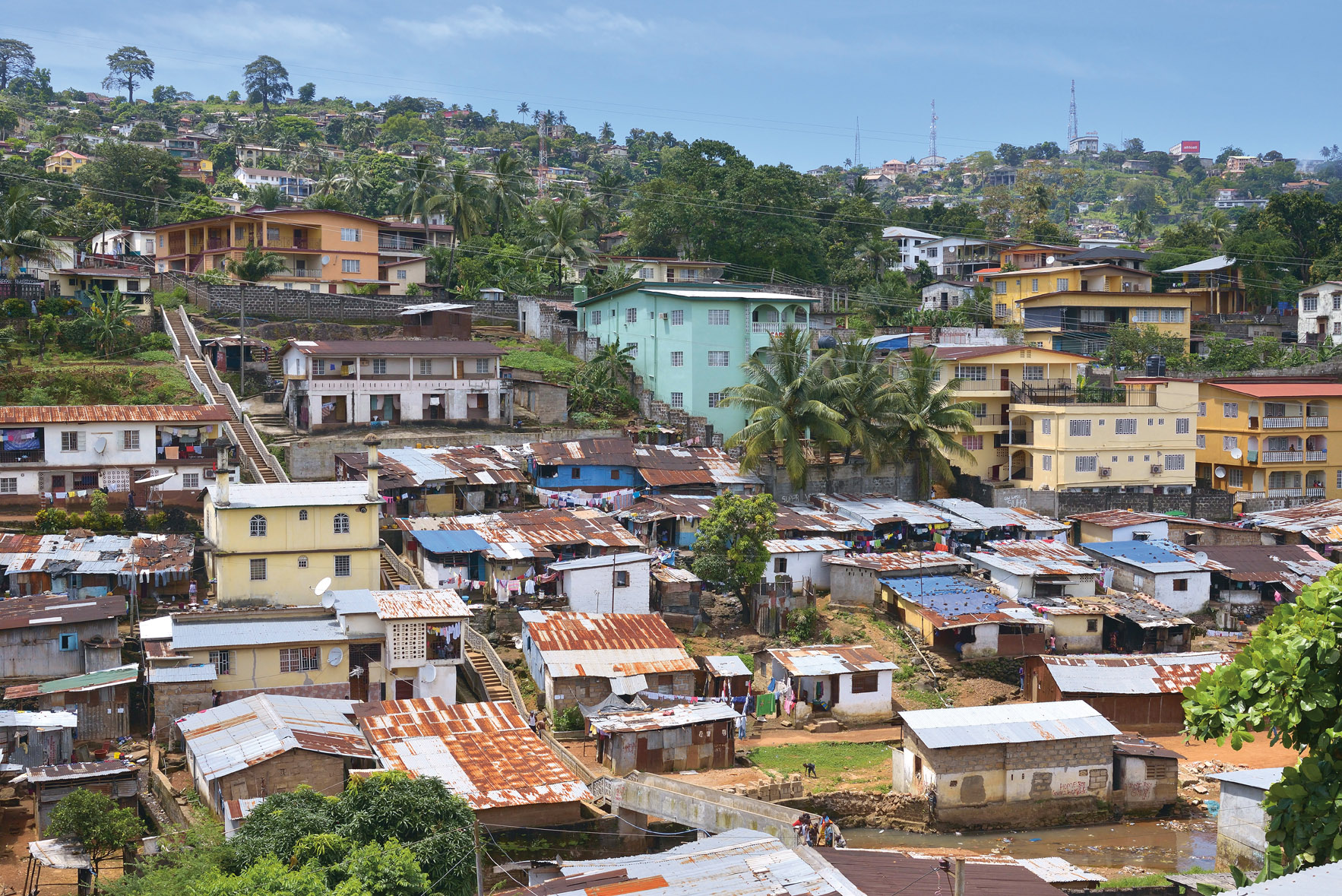 Uncontrolled urban growth in Freetown, Sierra Leone, West Africa, has created slums, many of which are built from imported materials and systems that do not respond well to the conditions of the local environment. © Fabian von Poser/ImageBROKER/Superstock, courtesy Thames & Hudson
Uncontrolled urban growth in Freetown, Sierra Leone, West Africa, has created slums, many of which are built from imported materials and systems that do not respond well to the conditions of the local environment. © Fabian von Poser/ImageBROKER/Superstock, courtesy Thames & Hudson
Uncontrolled Urbanization
The structure of this global review focused on climate zones enabled to contextualise vernacular architecture within individual eco-systems and their natural resources along horizontal latitudes. Nowhere else is it more evident than in a tropical climate zone with rainforest’s vegetation which enabled construction of large scale structures, still used in some region until today. These idyllic settlements such as circular Yano structures built by Yanomami tribes in Brazilian Amazon as brilliantly described by Dr William Milliken of Kew Gardens in London, could not be further away from Brazilian Favelas of Rio de Janeiro. Dr Ronaldo Brilhante of Universidade Federal Fluminense in Rio de Janeiro depicted informal settlements characteristics:
Favelas are the result of urbanization and industrialization processed linked to a lack of infrastructure, as well as the lack of consistent housing policy designed to help impoverished parts of the population that sought a means of subsisting in Brazil’s cities.1)
One could argue that it is precisely in the cities’ peripheries connected both to rural areas as well as cities that adaptation of vernacular architecture can take place. Sustainable Development Goal 11. A is focusing in its targets on: “Support positive economic, social and environmental links between urban, per-urban and rural areas by strengthening national and regional development planning.”
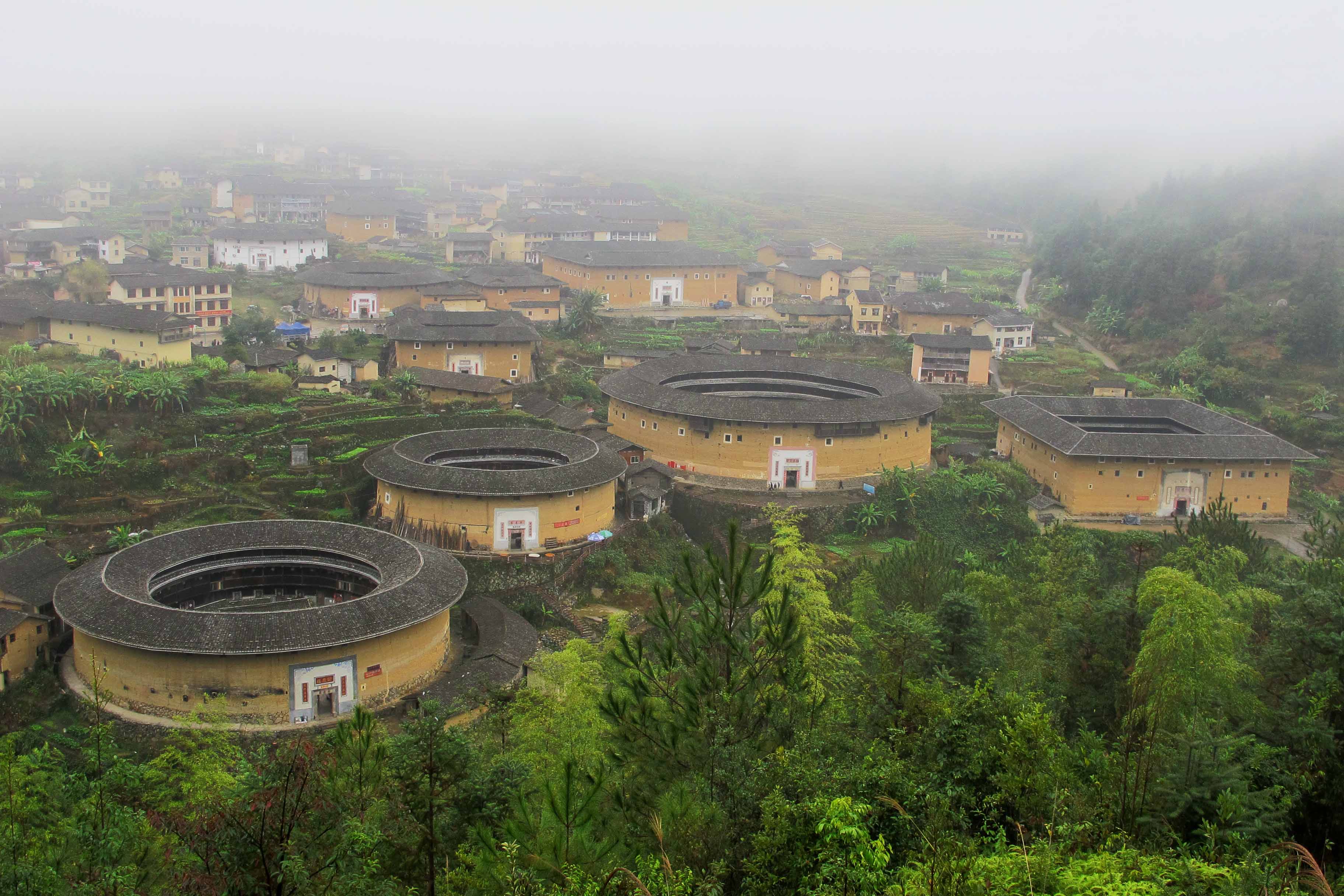 Distinctive for its cylindrical form the tulou vernacular in coastal southern China is a carefully composed response to the subtropical monsoon climate. An entire extended family can be accommodated in the fortress-like structure, which is oriented towards the central public space. © Yuanhang Luo
Distinctive for its cylindrical form the tulou vernacular in coastal southern China is a carefully composed response to the subtropical monsoon climate. An entire extended family can be accommodated in the fortress-like structure, which is oriented towards the central public space. © Yuanhang Luo
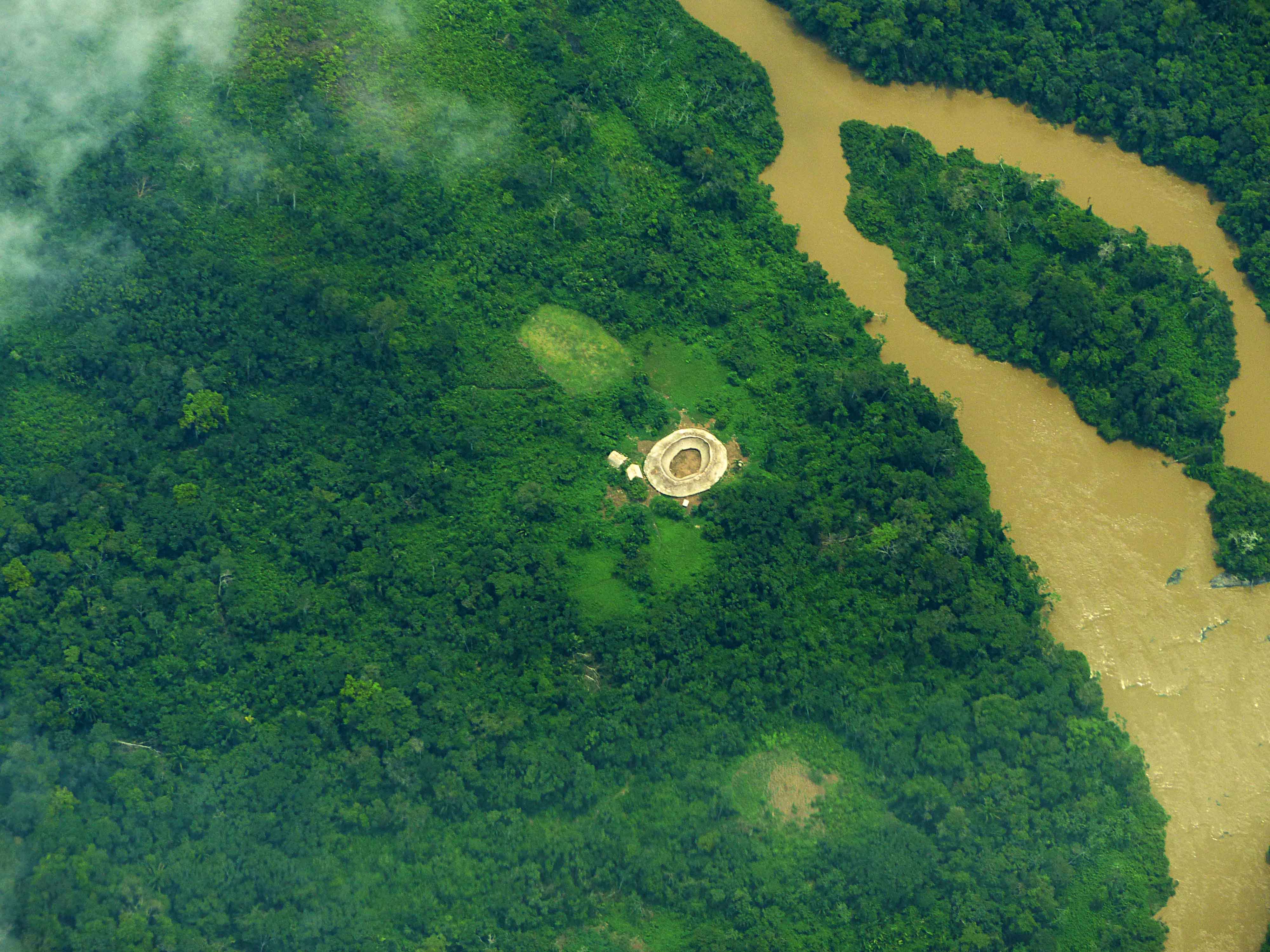 A distinctive circular Yanomami village seen from the air in the Catrimani Valley, northern Brazil. © William Milliken_RBG Kew
A distinctive circular Yanomami village seen from the air in the Catrimani Valley, northern Brazil. © William Milliken_RBG Kew
Climate Change
Planning on the regional scale is under pressure of change not only due to influx of people and migration from rural to urban areas, but also because of climate change. The adverse effects of climate change are impacting livelihoods in dry climate zones as well as subtropical regions with amplified hurricane seasons. The 2017 Atlantic hurricane season featured 17 named storms, which was the highest number of hurricanes since 2005, and with the highest total accumulated cyclones causing around $368.66 billion (USD) in damage. Jeffrey Soule of The American Planning Association in Washington describes the impact of the Hurricane Katrina on New Orleans – the city, where clearly vernacular parts of the city remained above the water whereas other areas experienced severe flooding:
Despite the extend of flooding as of 5 September 2005, the traditional urban areas along the Mississippi Levee and the city’s earlier levee, the Gentilly Ridge, were largely above water. The worst flooding occurred in areas of filled swamp, developed mostly in the 20th century. Clearly, before flood insurance establishment of a Federal Emergency Management (FEMA), residents knew better than to build in vulnerable areas. 2)
Cross-sectorial diversity of traditional skills does not only relate to the built environment, they have the capacity to manage water, re-direct rivers and lakes that enable communities to flourish even in the adverse climatic conditions.
 Technology School of Guelmim, Morocco. The starting point for the project was to provide a strong architectural form that was contemporary but
was also inspired by the context in which it occurs. © Fernando Guerra – FG+SG
Technology School of Guelmim, Morocco. The starting point for the project was to provide a strong architectural form that was contemporary but
was also inspired by the context in which it occurs. © Fernando Guerra – FG+SG
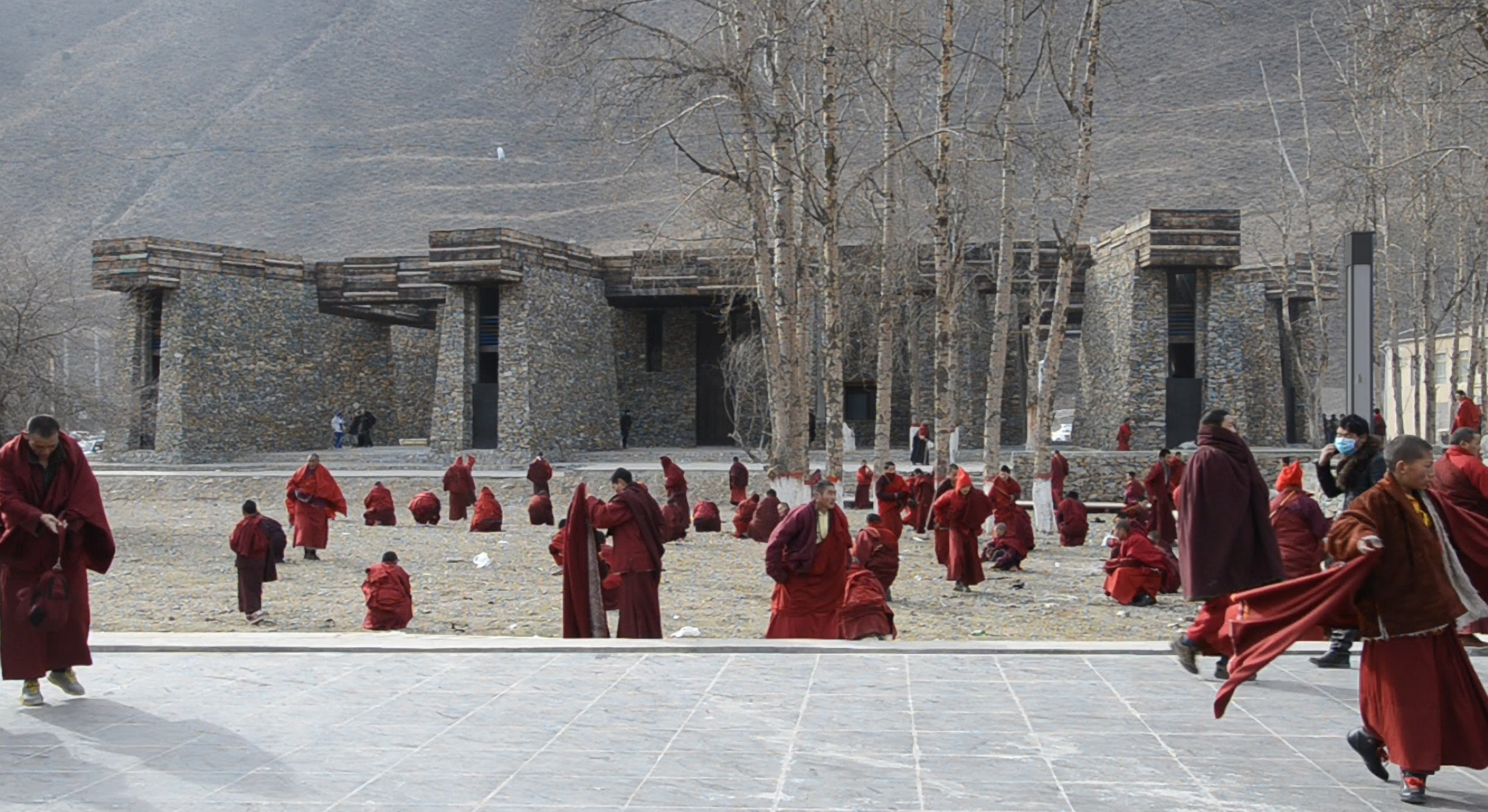 Tibet Jianamani Visitor Centre © Li Brian Zhang
Tibet Jianamani Visitor Centre © Li Brian Zhang
Contemporary Globalization and Westernization
The 20th century, despite benefits of technological development, contributed to a change of the order people once understood and impacted on the equilibrium of people living with nature. One could argue that it was in fact The First and the Second Industrial Revolutions of 1760 and 1870 that impacted that order, but the past century brought almost irreversible damage. The advert of internet, ease of “copying” and “pasting”, speed of information and construction, migrations, cost savings, loss of national and cultural identities disqualified vernacular architecture and the built environment that worked in equilibrium with its climate, region and socio-cultural context. In developing countries socio-cultural context have been dominated at times with western models of architecture that is not working not only on environmental level, but also on social level alienating communities and neighbourhoods.
Changing this paradigm requires change of mindsets, national and regional policy alignment with regional budgets, and a diverse range of building construction professionals adapting technologies and solutions that worked locally, to new hybrid solutions that meet above all, social aspirations of young people. Research and development, innovation, investment and education are in the forefront of that change, that fortunately is embraced within the 2030 Agenda for Sustainable Development.
Leaving no one behind matters as much as what we leave behind.
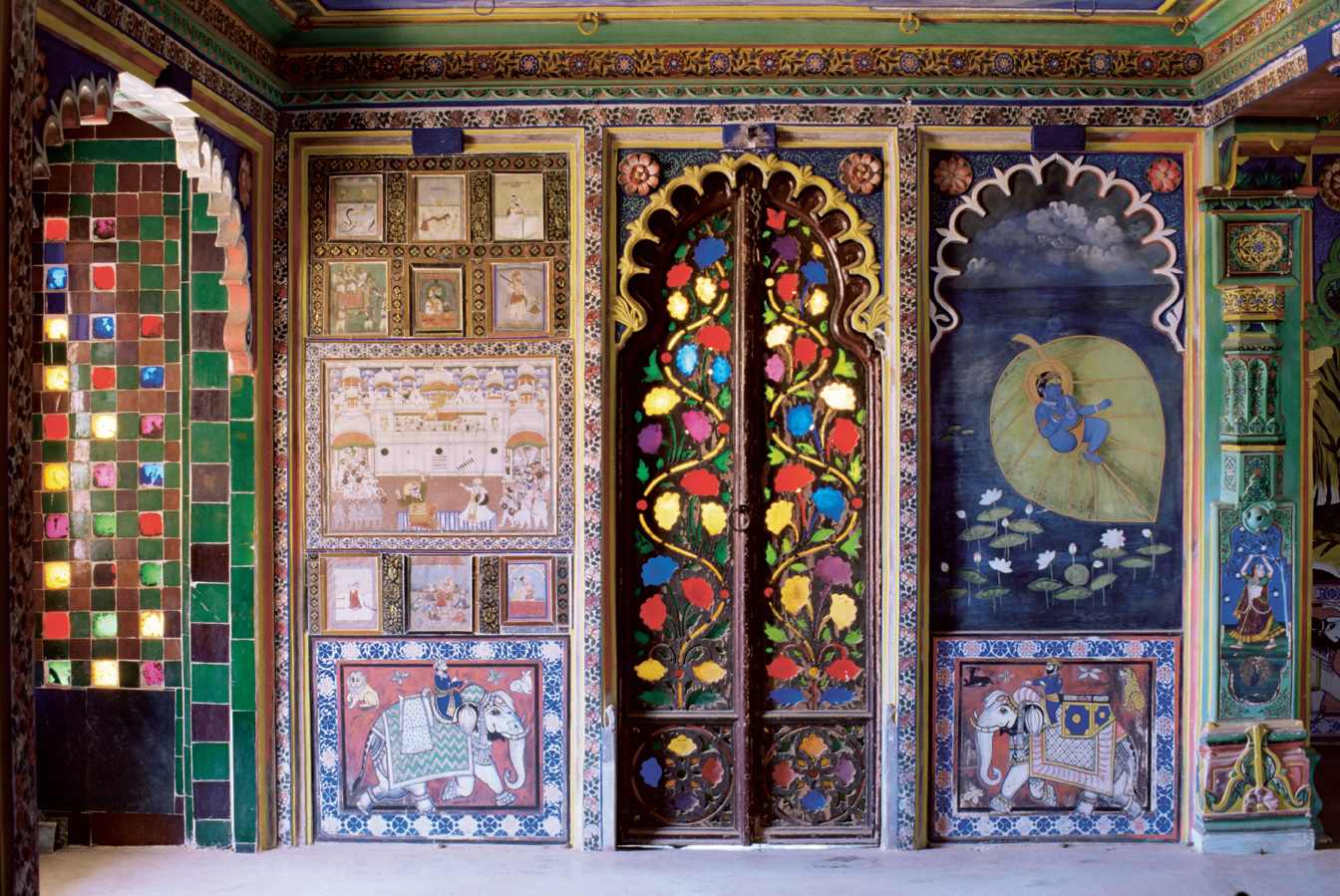 Ornately tiled interior of the Juna Mahal Palace, Dungarpur, Rajasthan, India ©Robert Harding/superstock
Ornately tiled interior of the Juna Mahal Palace, Dungarpur, Rajasthan, India ©Robert Harding/superstock
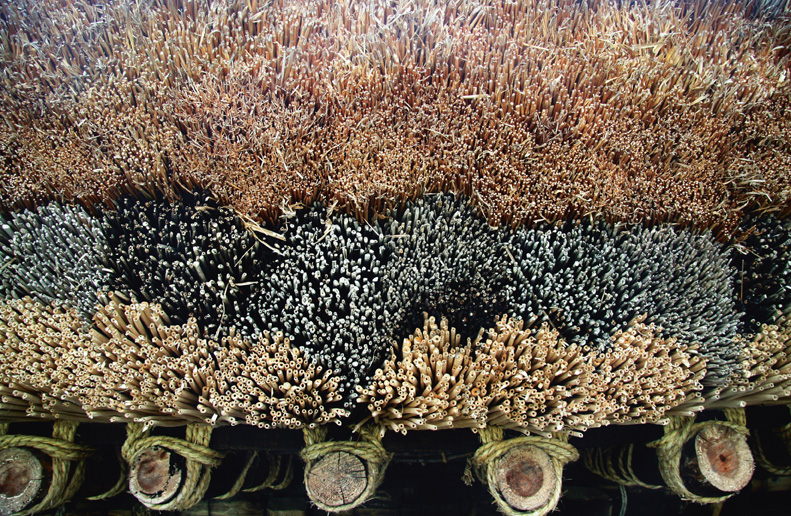 Minka vernacular in Japan: Prevailing characteristics of minka structures and roofs demonstrate adaptations to local conditions, such as the use of thatch – a light material that provides excellent insulation and is readily harvested. Connections between minka roof members are made with ropes and cords, allowing owners and communities to participate in roof construction and repair. Vines and saplings found locally are used for cords, and straw and linden (Tilia) bark for ropes. © Professor Don Choi
Minka vernacular in Japan: Prevailing characteristics of minka structures and roofs demonstrate adaptations to local conditions, such as the use of thatch – a light material that provides excellent insulation and is readily harvested. Connections between minka roof members are made with ropes and cords, allowing owners and communities to participate in roof construction and repair. Vines and saplings found locally are used for cords, and straw and linden (Tilia) bark for ropes. © Professor Don Choi
The Enterprise Centre, University of East Anglia, Norfolk, straw thatched cladding © Darren Carter, Morgan Sindall
Dr Sandra Piesik will be speaking at the INTBAU World Congress: ‘Everything Old is New Again’ on the 27-28 November, 2018 at the RSA in London. She will be speaking in the CONTEXTS session alongside other experts who will focus on people as the inhabitants of cities, towns, and villages to discuss how places are and could be shaped by rapid urbanisation, climate change, heritage, and indigenous knowledge.
Tickets available now: Click Here
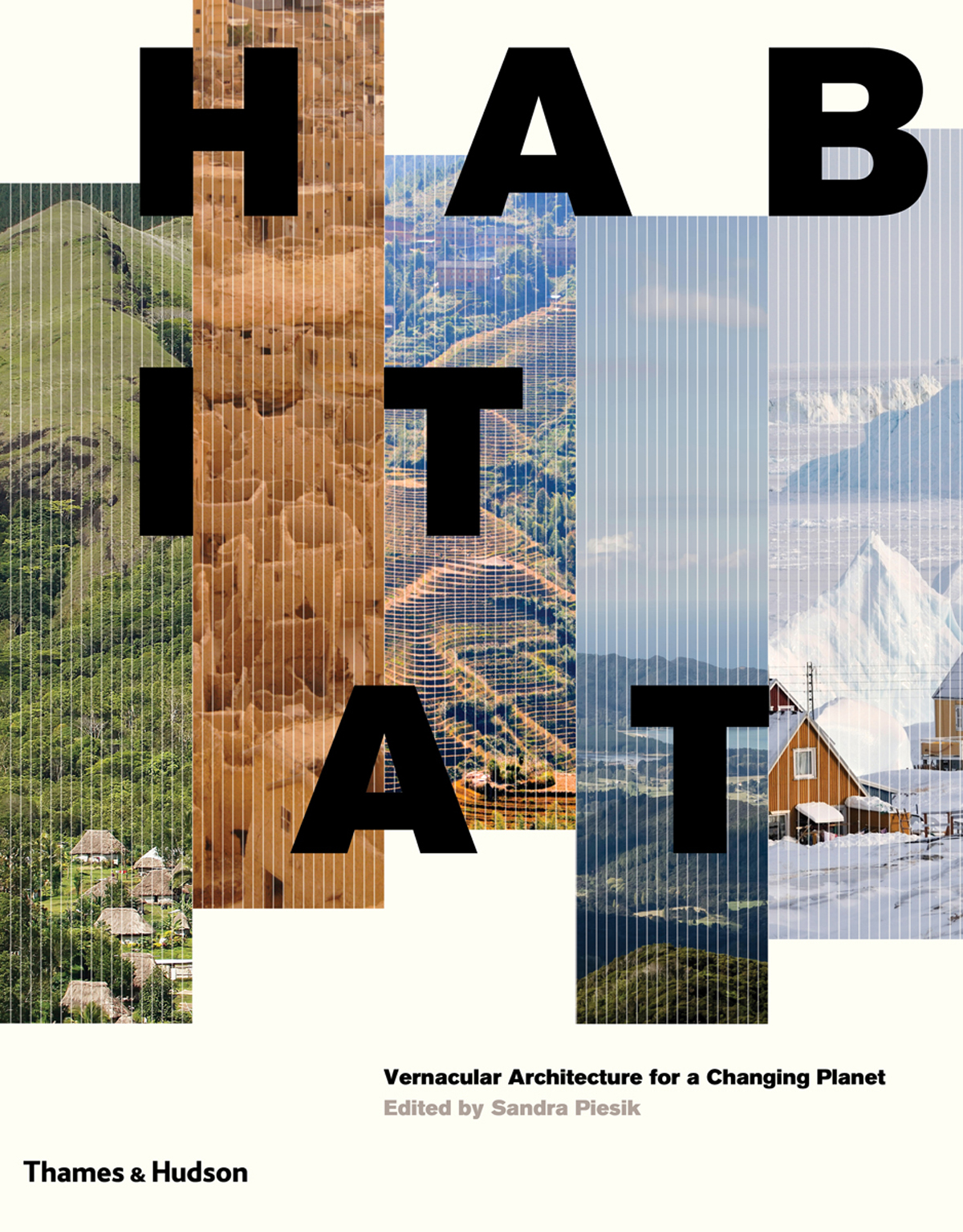 © Thames & Hudson
© Thames & Hudson
1) HABITAT: Vernacular Architecture for a Changing Planet, Favelas of Brazil’s Urban Periphery p.84
2) HABITAT: Vernacular Architecture for a Changing Planet, Lessons on Culture, Nature and Resilience in Post-Katrina New Orleans p.514
‘HABITAT: Vernacular Architecture for a Changing Planet’, Edited by Sandra Piesik, published in 2017 by Thames & Hudson (UK), Flammarion (France), Edition DETAIL (Germany), and Blume (Spain) Abrams Books (Northern American Edition).
